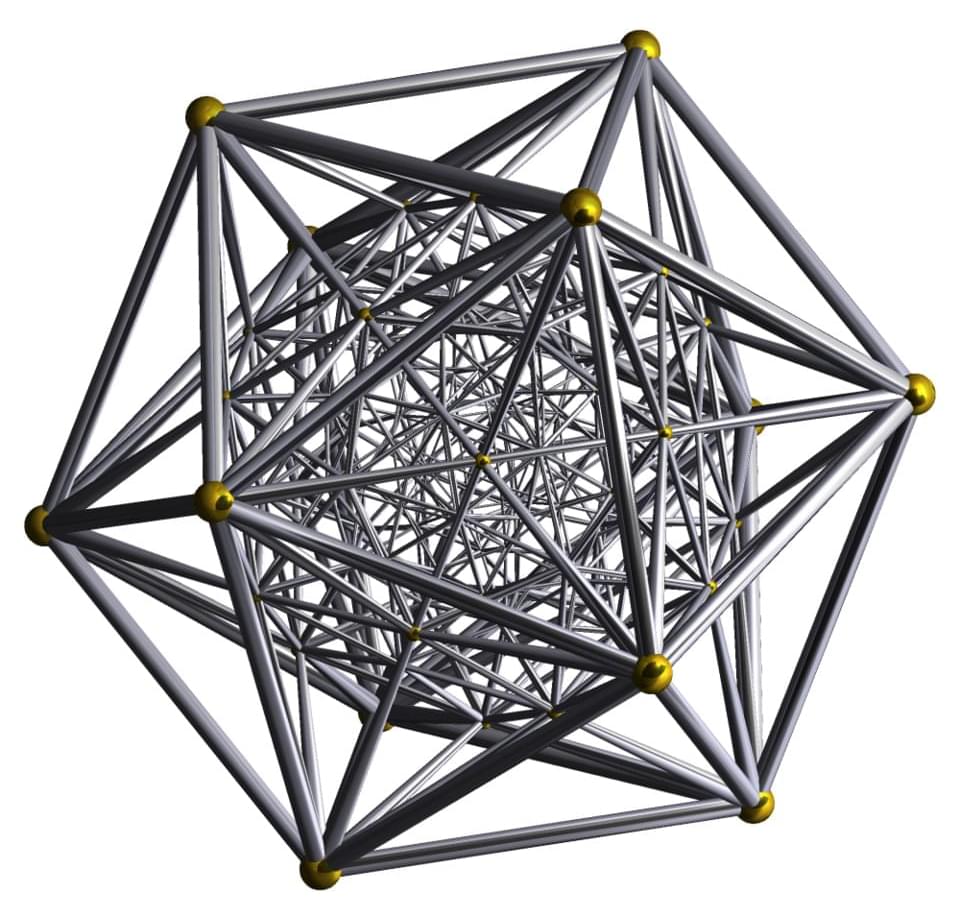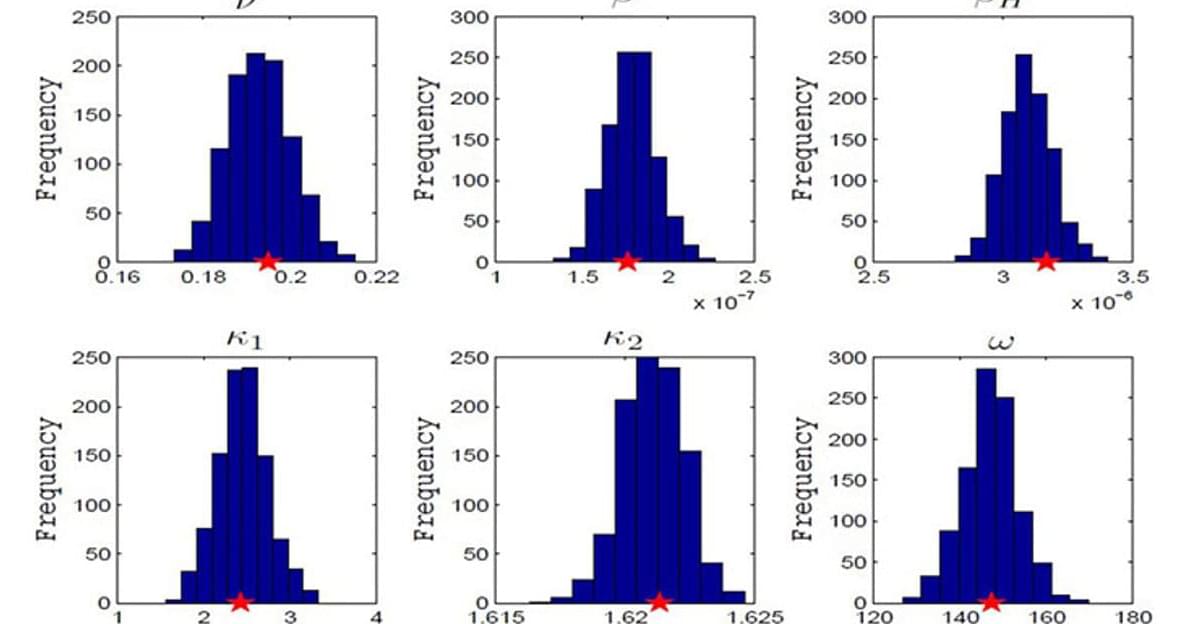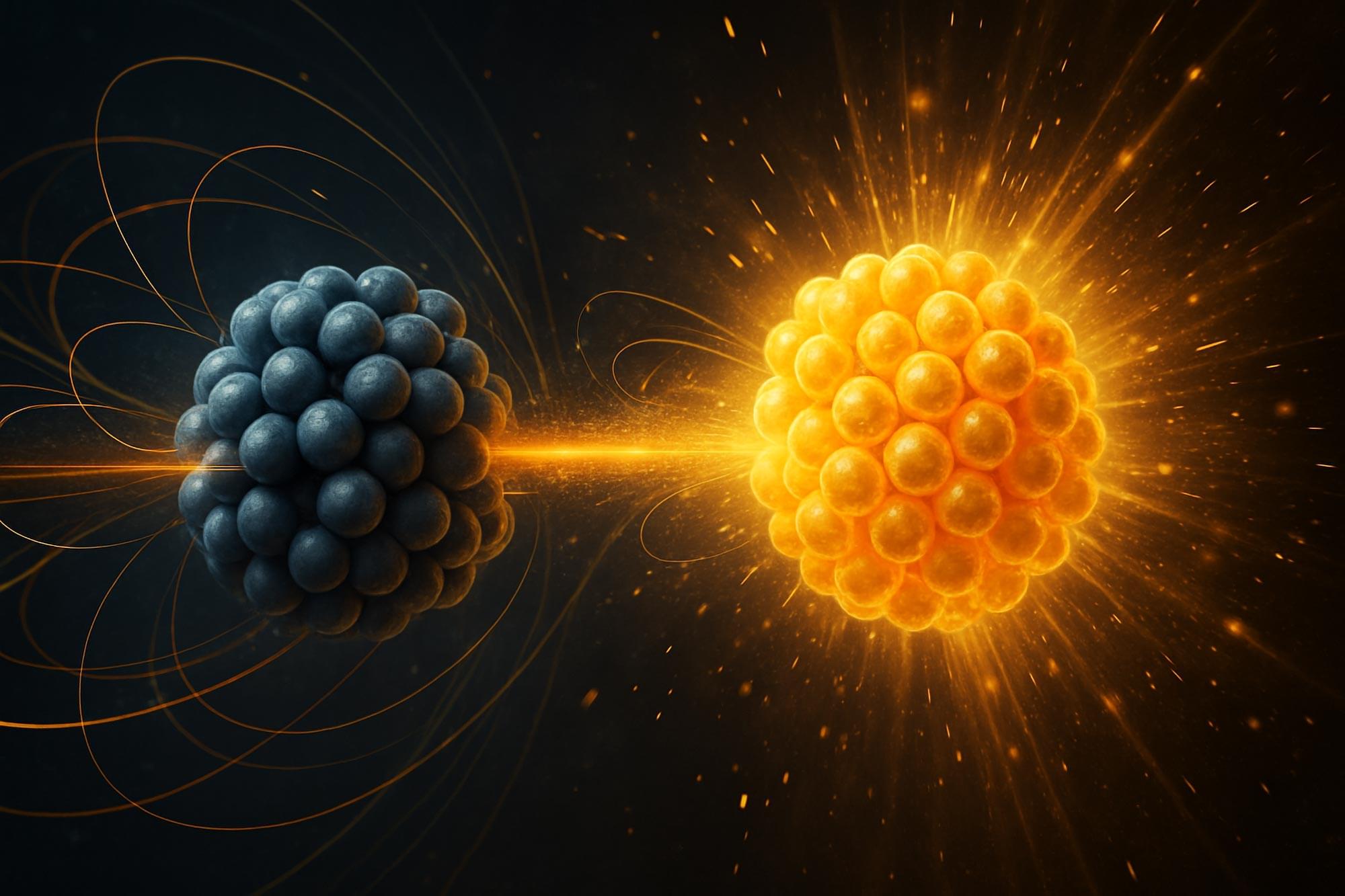NASA’s Perseverance rover recently captured a photo of green auroras shining in the Martian sky for the first time. The alien light show, previously assumed to be impossible, could be visible to future astronauts.


You can donate via our website:https://www.rejuvenescimento.org/This experiment is partially funded by DoNotAge.org and Heales Foundation, and it’s also fund…

In geometry, the is the convex regular 4-polytope (four-dimensional analogue of a Platonic solid) with Schläfli symbol {3,3,5}. It is also known as the C600, hexacosichoron [ 1 ] and hexacosihedroid. [ 2 ] It is also called a tetraplex (abbreviated from “tetrahedral complex”) and a polytetrahedron, being bounded by tetrahedral cells.
The boundary is composed of 600 tetrahedral cells with 20 meeting at each vertex. Together they form 1,200 triangular faces, 720 edges, and 120 vertices. It is the 4-dimensional analogue of the icosahedron, since it has five tetrahedra meeting at every edge, just as the icosahedron has five triangles meeting at every vertex. Its dual polytope is the 120-cell.

W YouTube możesz cieszyć się filmami i muzyką, które lubisz, przesyłać oryginalne treści i udostępniać je swoim bliskim, znajomym i całemu światu.


Most vaccines—and boosters—are injected directly into muscle tissue, usually in the upper arm, to kickstart the body’s immune system in the fight against disease. But for respiratory diseases like COVID-19, it can be important to have protection right where the virus enters: the respiratory tract.
In a new study, Yale researchers have found that nasal vaccine boosters can trigger strong immune defenses in the respiratory tract, even without the help of immune-boosting ingredients known as adjuvants. The findings, researchers suggest, may offer critical insights into developing safer, more effective nasal vaccines in the future.
“Our study shows how a simple viral protein antigen can boost respiratory tract immune responses against viruses,” said Akiko Iwasaki, Sterling Professor of Immunobiology at Yale School of Medicine (YSM) and senior author of the study. “These data imply that viral proteins in nasal spray may be used as a safe way to promote antiviral immunity at the site of viral entry.”


